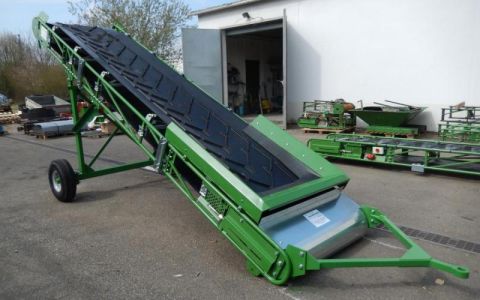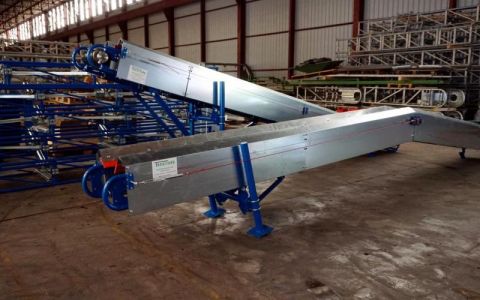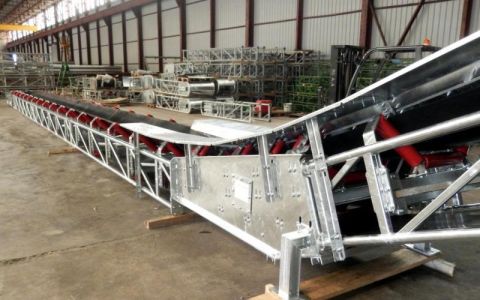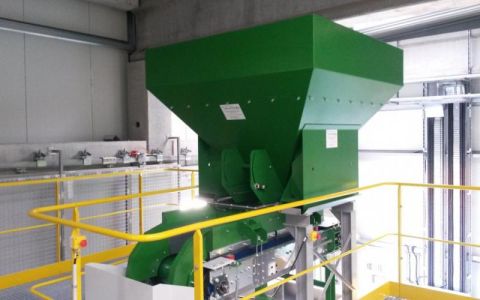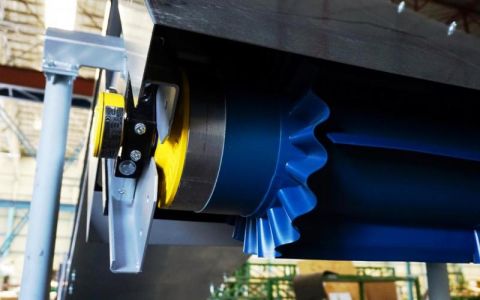


Maintenance & safety
Your conveyor belt or industrial conveying system is an important part of your business or operation. In addition to the investment involved, there are a number of simple steps you can take to keep these machines in perfect working order, and prevent premature wear and tear on their components.
While the initial operation of Belt Conveyors and Con veyor Belts may seem fairly similar, depending on the field of activity and the type of loads or products transported, this type of machine can be made up of very different components and devices.
Depending on the case and the settings made, these devices present diametrically different technical characteristics, defined according to particular requirements and needs.
Agricultural conveyor belts, production lines, logistics services, Belt extractors or sorting conveyor belts: all of these automated handling solutions require rigorous maintenance, carried out by qualified personnel.
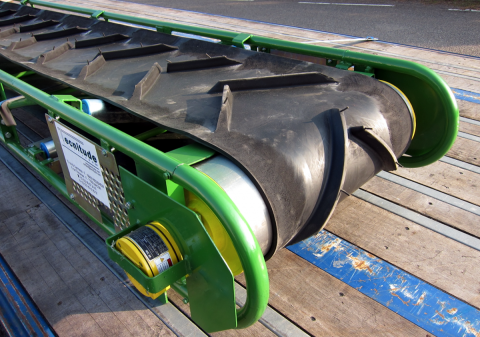
In addition to regular maintenance of an industrial conveyor belt and its ancillary equipment, it is of course imperative to carry out appropriate adjustments to ensure a long service life for your installation, in the best possible working conditions.
To ensure and extend the service life of your Belt, we recommend regular maintenance:
The entire motorization system (and, where applicable, the geared motor assembly) must be checked regularly to avoid or anticipate any breakdowns or requirements of the various components of your conveyor belt.
Below you'll find a list of the various maintenance operations to be carried out on a Belt Conveyor in service and at standstill.
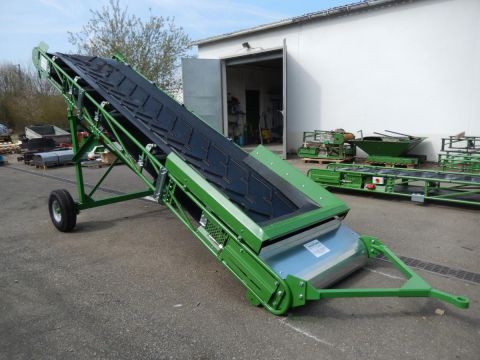
Maintenance of a conveyor belt in service is carried out weekly, monthly or annually. We recommend you follow these steps to keep your Belt conveyor running smoothly.
Every week, check the oil level in the speed reducer, and grease all drums, including the idler pulleys. Inspect the belt and make any necessary repairs. Clean under belt, especially if product sticks. Check settings, condition of brushes or cleaning devices, flaps or scrapers, staples, tensioning device. Clean Idlers, drums, etc. frequently, especially if the product is sticky and the atmosphere dusty.
Every month, add a little oil to motor bearings. Every x months or years, pump grease all ball or Idlers bearings, without excess (motor, bottom and top support rollers).
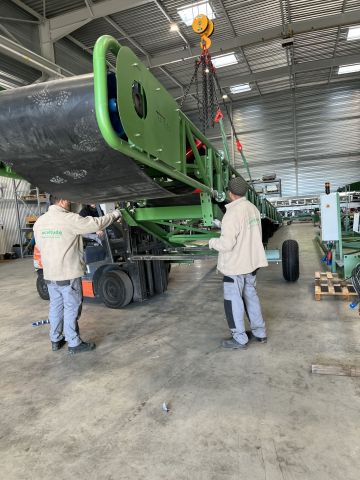
When your Belt Conveyor is at a standstill, brush and wash the belt with water. Clean all parts and carry out a detailed inspection. If the bare conveyor is stopped for a long time, cover it with a tarpaulin or apply a special "anti-oxygen" wax to the top of the belt. Enclosed walkways and covers offer both a complete solution (against sunlight) and a partial solution (against frost).
To maintain a stationary conveyor against frost, warm up the belt with hot water in the area above the drummotor and a few meters below, before starting the conveyor. Start up with no load and very low speed. If possible, warm up the entire belt before starting up, and run it for an hour at low speed without load.
When the belt is exposed to sunlight, run for one hour at low idle speed. After a prolonged stoppage, run for one hour at no load and low speed.
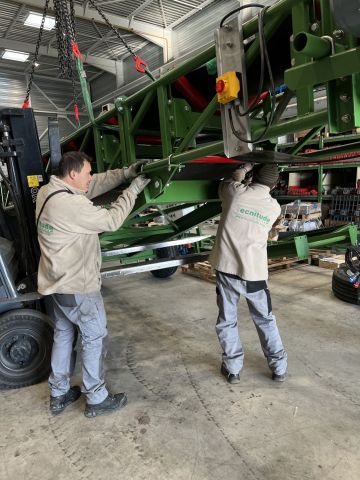
Our team can meet your needs in terms of overhaul, maintenance or repair of your installation.
Whether for wineries, sorting centers, production lines or industrial use, our design office can also work with you to study the various options available, so that together we can find a lasting solution tailored to your activity and the nature of the loads to be conveyed.
To keep your budget and investment under control, Tecnitude offers LLD or LOA leasing solutions, as well as support for on-site installation of your conveyor belts.
Our team will work with you to define an appropriate solution, and set up the necessary maintenance and checks to ensure continuity in the handling of your loads and bulk materials.
